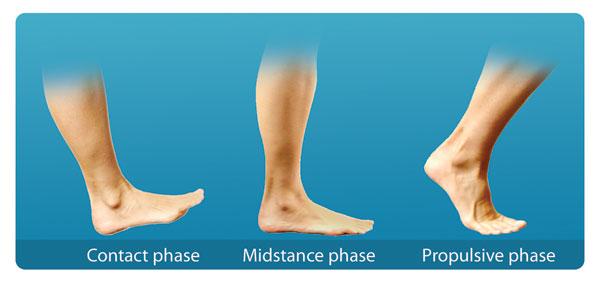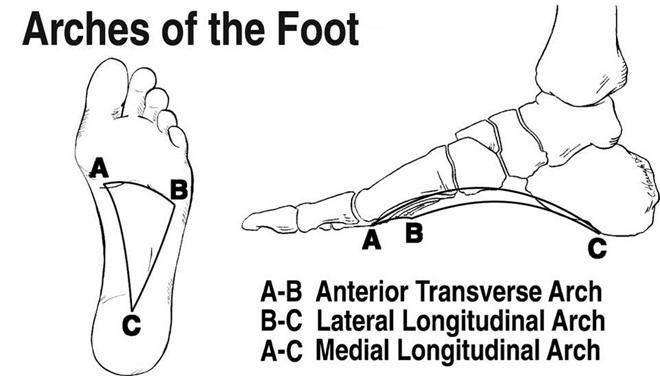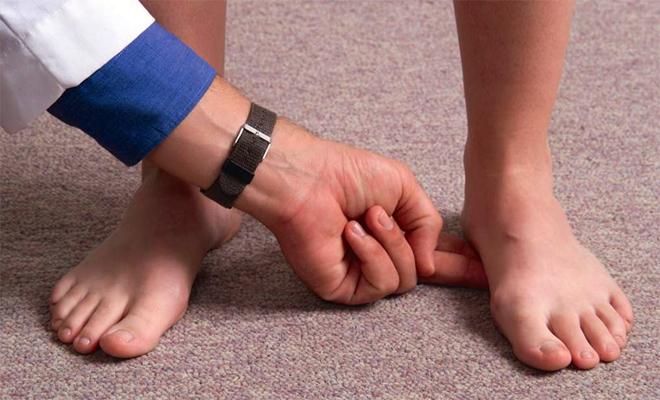
Dr. Kevin M. Wong, B.S., D.C.
Orinda Chiropractic Center
89 Moraga Way, Suite A
Orinda, CA 94563
925-254-4040
“Supporting your body from toes to nose.”
One of the Best Chiropractors is at the Orinda Chiropractic Center! For the last few years (since 2008), Dr. Kevin Wong has been nominated by KRON4’s Best of the Bay TV as one of the “Best Chiropractors in the Bay Area”. He has been focused on continuing a standard of excellence that has spanned his almost 15 years of practice. Dr. Kevin is proud to be here to serve your health needs.
His office is centered around delivering top notch, highly personalized patient service and care. Dr. Kevin havs been trained in multiple types of Chiropractic techniques and office treatment procedures to make your visits to the office comfortable and effective. He will tailor a specialized treatment plan to the health condition(s) you have.
An article by Dr. Kevin Wong about arch support and use of the Bunion Aid® Treatment Splint
A Healthy Gait Cycle Keeps the Pain Away
The average human being knows very little about one of the most important things we do repeatedly throughout the day. It’s called walking. There is a fancy term for walking, called “gait”. It has been and continues to be studied so that we can understand more about how our normal and abnormal gait patterns affect us.
Let’s take an example of a person with a healthy gait pattern. When a human takes a step, it typically lands on its heel. As the foot continues to move forward, it flattens out slightly but the three arches still maintain its flexibility. This is where you might have heard the term “pronation”. Pronation is actually good for the feet and is necessary. In the final phase, the foot has moved forward enough so that the forefoot bends and the toes lift off the ground.
The important thing to understand here is that walking is a symphony of coordinated movements. Each one must happen in sequence and the foot itself must have its support structure intact for us to have normal, healthy walking. In fact, when you are walking well, you hardly even notice. Life is good and you have no pain, so why would you notice normal gait?
Now comes the reality of it. When you look at our society, by and large we tend to wear shoes almost everywhere we go. The advent of wearing shoes in general has caused problems in our feet that have shown up typically as “falling arches”. All three arches tend to be flatter or fallen in 80-85% of the world’s population.
Have you ever heard someone tell you “I wear really good shoes”? Unfortunately, even the great running shoes people buy with the latest arch technology is not enough to adequately support the feet. Why? Because the feet have three arches that ALL need to be stabilized. Shoes only support one and in rare cases two of these arches. Genetics, weight bearing activities, obesity, injuries and other causes also contribute to fallen arches.
Here is the big picture: As the arches collapse and fall, it changes our normal gait patterns. This causes abnormal or negative stress onto the feet and the joints above.
Let’s go back to our person who is walking but now she is doing so on flatter feet. After stepping on the ground with her heel, the foot moves forward and begins to flatten out (pronate). Someone with arch collapse is going to have a foot that now flattens out too much, or over-pronates. This excessive flattening of the foot changes the way it can support the body.
Amazingly enough, this over-pronation sets up such negative stress on the ankles, knees, hips and lower back that it can lead to pain. It is a commonly known fact that lower back pain has a strong relationship to the health of your foot arches.
So what can be done about it? We know supporting all three arches are important, but before we move into prescribing custom, flexible orthotics, we can implement some useful tools that can provide support and begin relieving pain and pressure immediately.
The Bunion Aid® Medial Mid-foot Brace, by Alpha Orthotics®, is an amazing device which can actually give support to the three arches of the foot in a comfortable manner. The device is easy to put on, and the flexibility of the materials allows for support and comfort. People love not only how the device feels on their feet, but that they are able to wear it in shoes for weight bearing activities.
For those with bunions, the Alpha Orthotics Bunion Aid® splint, includes the mid-foot brace option and couples it with a big toe extension so that gentle traction can be applied to the inwardly angled toe. The arches are supported and the big toe can be gently straightened over time so it’s a win-win situation.
With the arches of the foot having so much effect on a healthy gait cycle, take the time to evaluate how they are working. Then implement these simple tools to experience much less pain as we mature.





